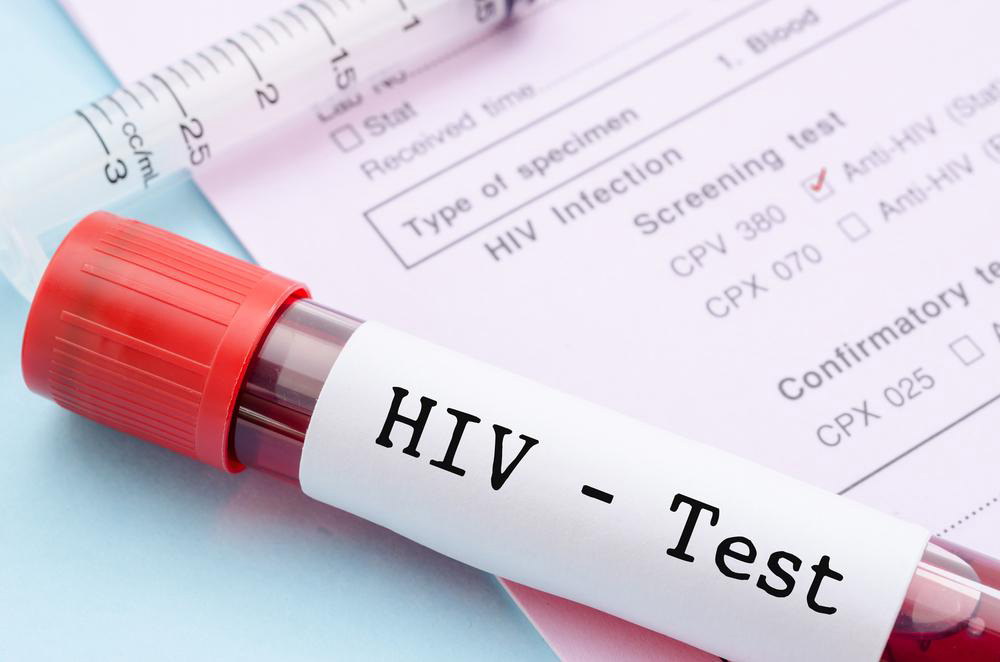Debunking 5 Myths About HIV and AIDS
This article clarifies common myths about HIV and AIDS, highlighting facts about transmission, treatment, and misconceptions. It emphasizes the importance of awareness to fight stigma and promote accurate understanding of these conditions, ensuring better health outcomes worldwide.

HIV and AIDS remain significant global health challenges. Over the years, understanding of these conditions has improved, transforming them from death sentences into manageable diseases. Despite increased awareness, misconceptions still persist. Here are some common false beliefs about HIV/AIDS:
Oral sex is risk-free for HIV transmission
While the risk is low, oral sex can transmit HIV if there are cuts or abrasions in the mouth or on the genitals, especially with contact with semen.
HIV infection automatically means AIDS
Not everyone with HIV develops AIDS. Early diagnosis and treatment can prevent the progression to AIDS, although many still associate HIV with AIDS misconceptionally.
HIV cannot be transmitted by insects
HIV does not spread through insect bites like mosquitoes since the virus cannot survive or reproduce in insects. Transmission occurs only through bodily fluids of infected individuals.
HIV infection equals a death sentence
Advances in medicine have made HIV a controllable condition. With proper medication, people living with HIV can lead healthy lives, and AIDS is no longer universally fatal.
HIV and AIDS symptoms are easily recognizable
Symptoms such as fatigue or fever exist but are not exclusive indicators. Without testing, it’s impossible to determine if someone is HIV-positive simply by appearance.
Greater awareness and accurate knowledge are essential to combat stigma and misinformation surrounding HIV/AIDS, promoting better health outcomes for all.










